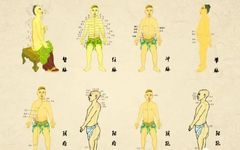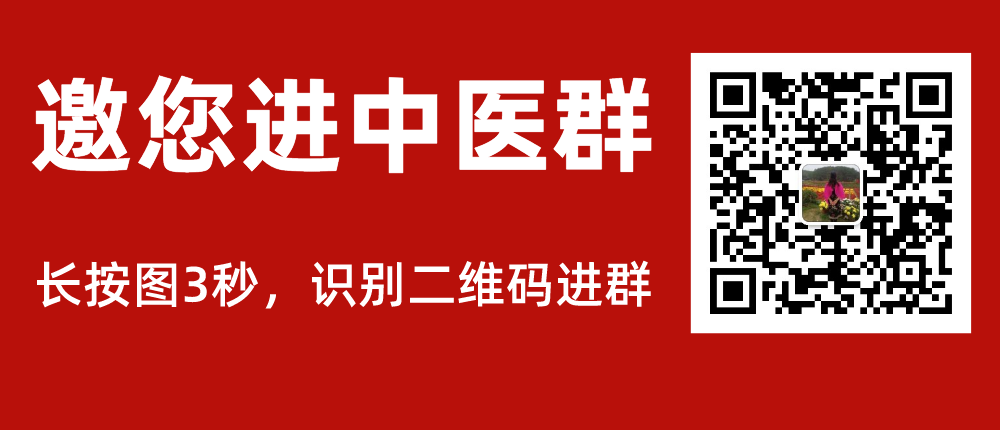 The Eight Extraordinary Meridians are a powerful remedy, treating a wide range of conditions. It is essential to understand the pathways, physiological functions, and eight representative acupuncture points of the Eight Extraordinary Meridians.
The Eight Extraordinary Meridians are a powerful remedy, treating a wide range of conditions. It is essential to understand the pathways, physiological functions, and eight representative acupuncture points of the Eight Extraordinary Meridians.

Eight Extraordinary Meridians The Eight Extraordinary Meridians refer to the Ren (Renmai), Du (Dumai), Chong (Chongmai), Dai (Daimai), Yin Qiao (Yin Qiaomai), Yang Qiao (Yang Qiaomai), Yin Wei (Yin Weimai), and Yang Wei (Yang Weimai). Unlike the twelve regular meridians, they do not directly connect to the organs and do not have a paired relationship with the exterior, hence their unique pathways are termed extraordinary.
Functions include:
1. Connecting the twelve meridians; 2. Regulating the accumulation and distribution of Qi and blood in the twelve meridians.Eight Meridians The Ren Meridian runs along the midline of the abdomen, frequently intersecting with the three Yin meridians of the hands and feet as well as the Yin Wei Meridian, thus governing all Yin meridians in the body, hence called the “Sea of Yin Meridians.” The Ren Meridian originates from the uterus and is related to women’s pregnancy, hence the saying “Ren governs the uterus and fetus.” The Du Meridian runs along the midline of the back, frequently intersecting with the three Yang meridians of the hands and feet as well as the Yang Wei Meridian, thus governing all Yang meridians in the body, hence called the “Sea of Yang Meridians.” The Du Meridian runs along the spine, ascends into the brain, and branches out from the spine to connect with the kidneys, establishing a close relationship with the brain, spinal cord, and kidneys. The Chong Meridian ascends to the head and descends to the feet, traversing the entire body; it serves as a crucial junction for Qi and blood, regulating the Qi and blood of the twelve meridians, hence called the “Sea of Twelve Meridians” or “Blood Sea.” It is also related to women’s menstruation. The Dai Meridian originates from the lateral costal region, descending obliquely to the Dai point, encircling the body like a belt, thus restraining the meridians that run vertically. The Yin Qiao and Yang Qiao Meridians: “Qiao” implies agility and lightness. They nourish the eyes, control eyelid movement, and facilitate lower limb movement.
The Yin Wei and Yang Wei Meridians: “Wei” implies connection. The Yin Wei Meridian’s function is to “connect all Yin,” while the Yang Wei Meridian’s function is to “connect all Yang.”
Pathways and Physiological Functions of the Du Meridian
1. Pathway: The Du Meridian originates in the lower abdomen, exits at the perineum, travels to the tailbone at the Changqiang point, ascends along the spine, passes through the nape to the Fengfu point, enters the brain, connects with the brain, runs along the midline of the head, ascends to the Baihui point at the top of the head, descends through the forehead to the tip of the nose at the Suliao point, passes through the philtrum, and reaches the gum junction at the center of the upper teeth. 2. Branches: The first branch originates with the Chong and Ren meridians from the uterus, exits at the perineum, and meets the Qi of the Kidney Meridian and the Bladder Meridian at the tailbone, traversing the spine and belonging to the kidneys. The second branch ascends directly from the lower abdomen through the navel, travels upward to the heart, reaches the throat where it meets the Chong and Ren meridians, and encircles the lips, reaching the center below the eyes. The third branch originates from the inner canthus of the eye, ascends to the forehead, intersects at the top of the head, connects with the brain, then branches out to the lower neck, along the inner scapula, and reaches the waist, entering the muscles on both sides of the spine, connecting with the kidneys.
2. Branches: The first branch originates with the Chong and Ren meridians from the uterus, exits at the perineum, and meets the Qi of the Kidney Meridian and the Bladder Meridian at the tailbone, traversing the spine and belonging to the kidneys. The second branch ascends directly from the lower abdomen through the navel, travels upward to the heart, reaches the throat where it meets the Chong and Ren meridians, and encircles the lips, reaching the center below the eyes. The third branch originates from the inner canthus of the eye, ascends to the forehead, intersects at the top of the head, connects with the brain, then branches out to the lower neck, along the inner scapula, and reaches the waist, entering the muscles on both sides of the spine, connecting with the kidneys.
Physiological Functions
1) Regulates Yang meridian Qi and blood, being the “Sea of Yang Meridians”: The Du Meridian runs along the back, which is Yang, indicating that the Du Meridian has a commanding and supervising role over the Qi of all Yang meridians. Additionally, all six Yang meridians intersect with the Du Meridian at the Dazhui point, indicating its regulatory function over Yang meridians, hence the saying “governs all Yang meridians in the body.” 2) Reflects the functions of the brain, kidneys, and spinal cord: The Du Meridian runs along the spine, connects with the brain, and also connects with the kidneys. The kidneys produce marrow, and the brain is the sea of marrow. The relationship between the Du Meridian and the brain, kidneys, and spinal cord is very close. 3) Governs reproductive functions: The Du Meridian connects with the kidneys, and since the kidneys govern reproduction, the Du Meridian is related to reproductive functions.
Pathways and Physiological Functions of the Ren Meridian
1. Pathway: The Ren Meridian originates from the uterus, exits at the perineum, travels through the Yin mound, ascends along the midline of the abdomen, passes through the throat (Tiantu point), reaches the inner lower lip, divides to encircle the lips, intersects at the gum junction with the Du Meridian, and then passes through the sides of the nose, ascending to the lower eye socket (Chengqi point), where it intersects with the Yangming meridian of the foot. 2. Branches: It traverses from the uterus along the spine, ascending along the back.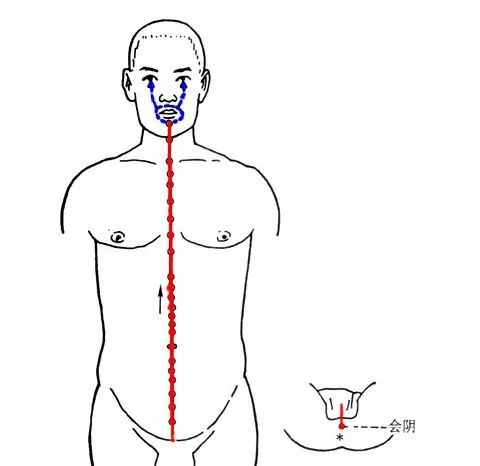
Physiological Functions
1) Regulates Yin meridian Qi and blood, being the “Sea of Yin Meridians”: The Ren Meridian runs along the midline of the abdomen, which is Yin, indicating that the Ren Meridian has a commanding and supervising role over the Qi of all Yin meridians. Additionally, the three Yin meridians of the foot intersect with the Ren Meridian in the lower abdomen, and the three Yin meridians of the hand connect with the Ren Meridian through the three Yin meridians of the foot, thus the Ren Meridian regulates the Qi and blood of the Yin meridians, hence the saying “governs all Yin meridians.” 2) Regulates menstruation and nourishes the fetus: The Ren Meridian originates from the uterus, having the function of regulating menstruation and promoting women’s reproductive functions, hence the saying “Ren governs the uterus and fetus.”
Pathways and Physiological Functions of the Chong Meridian
Pathway: It originates from the uterus, exits at the perineum, and divides into two branches. The ascending branch (the main part of the Chong Meridian) runs along the anterior abdominal wall, near the navel (five fen from the navel), ascends, parallels the Kidney Meridian, spreads in the chest, then ascends through the throat, encircling the lips; the descending branch runs along the posterior abdominal wall, ascending within the spine. The descending branch exits the perineum, descending along the inner thigh to the big toe.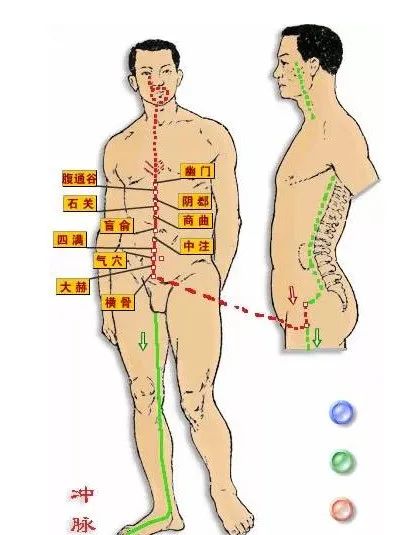
Physiological Functions
1) Regulates the Qi and blood of the twelve meridians: The Chong Meridian ascends to the head and descends to the feet, traversing the entire body, serving as a crucial junction for the Qi and blood of the meridians. When the Qi and blood of the meridians are abundant, the Chong Meridian can store and accumulate them; when the Qi and blood are insufficient, the Chong Meridian can provide infusion and supplementation to maintain the normal physiological activities of the body’s organs and tissues. Hence, it is referred to as the “Sea of Twelve Meridians,” “Sea of Five Zang and Six Fu,” and “Blood Sea.” 2) Governs reproductive functions: The Chong Meridian originates from the uterus, also known as the “Blood Chamber” or “Blood Sea.” The Chong Meridian has a regulating effect on menstruation. It is closely related to reproductive functions; for women, “when the Chong Meridian is abundant, menstruation occurs regularly, leading to conception.” Conversely, if the Chong Meridian is deficient, it can lead to reproductive dysfunction. 3) Regulates the ascending and descending of Qi: The Chong Meridian, during its course, connects with the Kidney Meridian, belongs to the Yangming, and communicates with the Jueyin and Taiyang. The Chong Meridian has the function of regulating the ascending and descending of Qi in certain organs (mainly the liver, kidneys, and stomach).
Pathways and Physiological Functions of the Dai Meridian
Pathway: The Dai Meridian originates from the lateral costal region, descends obliquely, intersects at the Dai point of the Gallbladder Meridian, encircles the body, and then descends forward along the upper edge of the hip bone to the lower abdomen.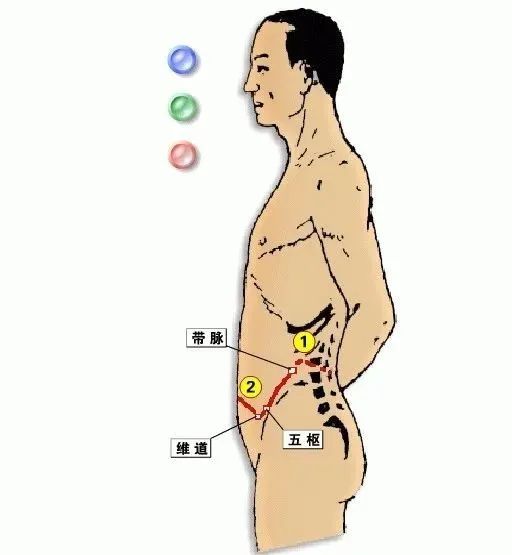
Physiological Functions
The physiological function is to restrain the vertical flow of all meridians and govern women’s leukorrhea.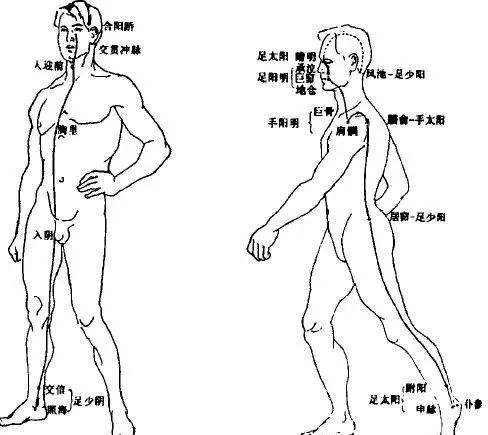
Pathways and Physiological Functions of the Yin Qiao Meridian
Pathway: The Yin Qiao Meridian originates from the inner side of the heel at the Zhaohai point of the Kidney Meridian, ascends through the inner ankle, along the inner thigh, enters the anterior genital area, ascends along the abdominal front, reaches the chest, enters the Jueyin, ascends beside the Adam’s apple to the Ren point, reaches the nose, connects with the inner canthus of the eye, and ascends along with the Yang Qiao and Taiyang meridians.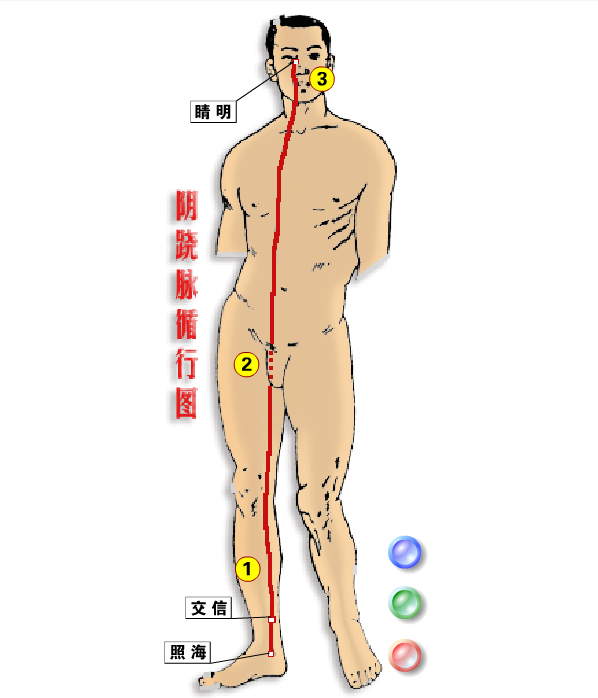
Physiological Functions
The physiological function is to control the opening and closing of the eyes and the movement of muscles.
Pathways and Physiological Functions of the Yang Qiao Meridian
Pathway: The Yang Qiao Meridian originates from the outer side of the heel at the Shenmai point of the Taiyang Meridian, ascends along the posterior side of the outer ankle, travels upward along the outer edge of the lower limb, along the hip, ribs, shoulder, neck, and reaches the outer corner of the mouth, connecting with the inner canthus of the eye. It then ascends along the Taiyang Meridian and meets the Shaoyang Meridian at the Fengchi point behind the neck.
Physiological Functions
The physiological function is to control the opening and closing of the eyes and muscle movement.
Pathways and Physiological Functions of the Yin Wei Meridian
Pathway: The Yin Wei Meridian originates from the Zhubin point, five cun above the inner ankle of the foot, ascends along the posterior edge of the lower limb, reaches the abdomen, travels alongside the Taiyin Spleen Meridian to the lateral costal region, connects with the Jueyin Liver Meridian, ascends to intersect with the Ren Meridian at the Tiantu point, and reaches the throat at the Lianquan point, where it meets the Ren Meridian at the neck.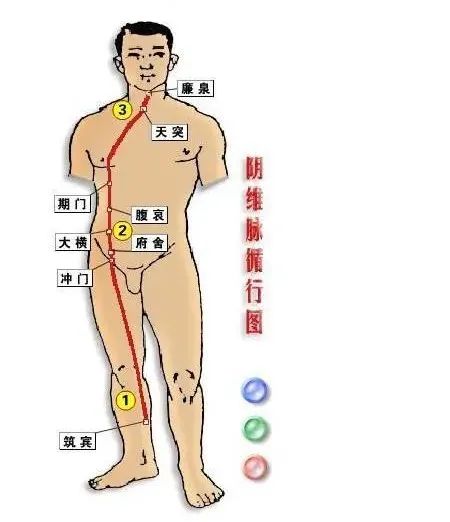
Physiological Functions
The physiological function of the Yin Wei Meridian is to connect and maintain the Yin meridians.
Pathways and Physiological Functions of the Yang Wei Meridian
Pathway: The Yang Wei Meridian originates from the Jimen point of the Taiyang Meridian, passes over the outer ankle, ascends alongside the Shaoyang Meridian, travels along the posterior lateral side of the trunk, from the back of the armpit to the shoulder, ascends through the neck, behind the ear, and moves forward to the forehead, distributing along the side of the head and back to the forehead, where it meets the Du Meridian.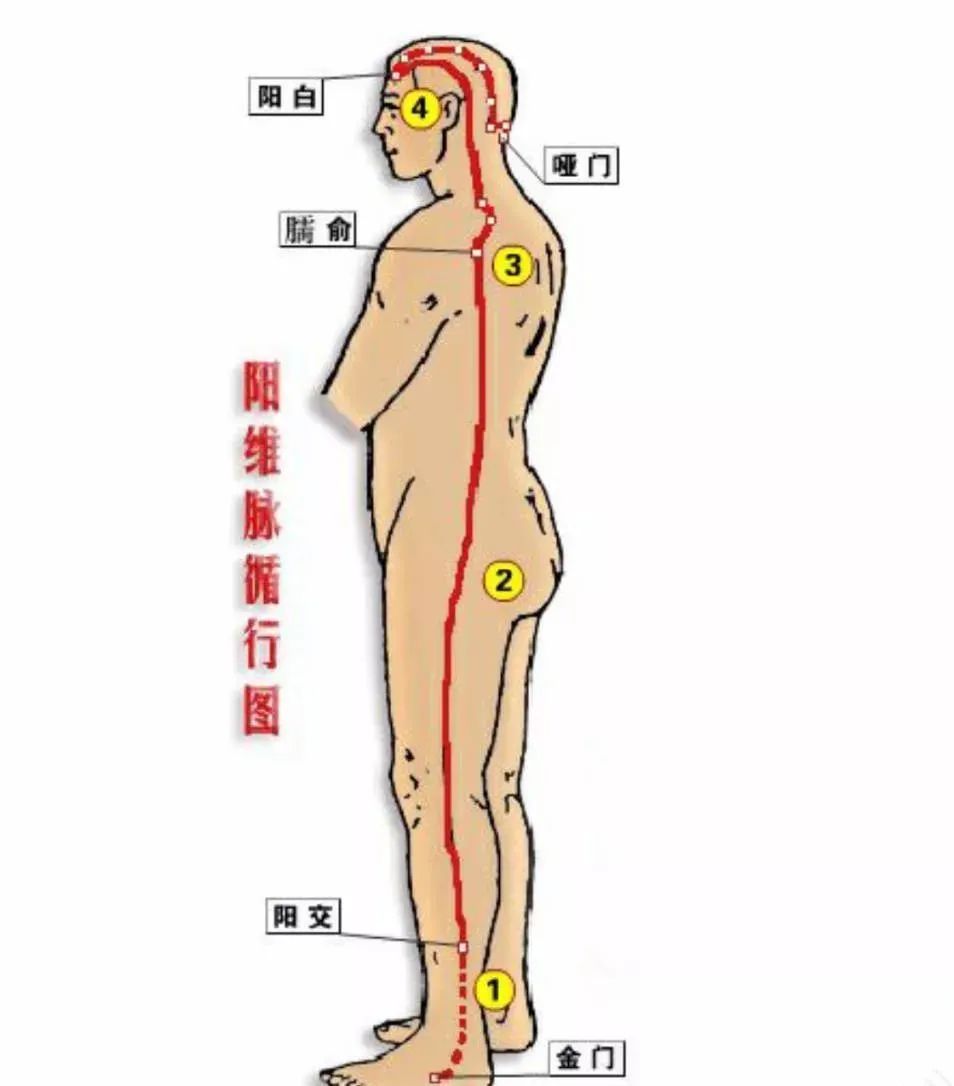
Physiological Functions
The physiological function is to maintain the Yang meridians.Summary of the Characteristics of the Eight Extraordinary MeridiansThe physiological characteristics of the Eight Extraordinary Meridians are threefold: ① The Eight Extraordinary Meridians have no direct connection to the organs. ② There is no paired relationship between the Eight Extraordinary Meridians. ③ The distribution of the Eight Extraordinary Meridians is not as widespread as that of the twelve meridians; the upper limbs do not have the distribution of the Eight Extraordinary Meridians. Their pathways also differ from the twelve meridians, with all but the Dai Meridian running from bottom to top.Common Physiological Functions of the Eight Extraordinary Meridians 1. Further strengthen the connections between the twelve meridians: for example, the Du Meridian governs all Yang meridians; the Ren Meridian governs all Yin meridians; the Dai Meridian restrains the vertical flow of the meridians. The two Qiao meridians govern the left and right Yin and Yang; the two Wei meridians connect the Yin and Yang of the interior and exterior. Thus, the Eight Extraordinary Meridians further enhance the connections between various parts of the body. 2. Regulate the Qi and blood of the twelve meridians: when the Qi of the twelve meridians is abundant, it is stored in the Eight Extraordinary Meridians; when the Qi and blood are insufficient, the Eight Extraordinary Meridians can “overflow” to provide timely supplementation. 3. The Eight Extraordinary Meridians have a close relationship with the liver, kidneys, and other organs, as well as with the uterus, brain, and marrow, establishing certain physiological and pathological connections.Eight Representative Acupuncture Points The Eight Extraordinary Meridians regulate the accumulation and distribution of Qi and blood in the twelve meridians. Among the Eight Meridians, there are eight representative acupuncture points: Gongsun, Neiguan, Zuliqiao, Waiguan, Shenmai, Houxi, Lieque, and Zhaohai. Each acupuncture point’s efficacy can be likened to a “nuclear reactor,” treating a wide range of conditions with a single treatment.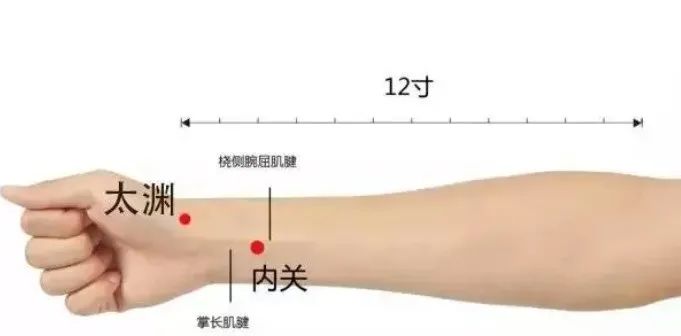
Neiguan Point: Nourishing Beauty and Heart
Many women between the ages of 40 and 50 often experience symptoms such as palpitations, shortness of breath, and profuse sweating. Hospitals may not identify any specific illness, often labeling it as menopausal syndrome or sub-health. According to ancient wisdom, women at this age are generally in a phase of decline, with aging beginning in the Yangming meridian, gradually leading to a decline in the Qi and blood of the three Yang meridians. The head is the meeting point of all Yang, and when Qi and blood cannot reach the face, wrinkles and spots appear. Beauty is closely related to Qi and blood. The heart governs the spirit, and its radiance is reflected in the face. The spirit of the heart relies on Qi and blood for nourishment; when Qi and blood are abundant, it naturally reflects on the face. Therefore, women should first nourish the heart to enhance their beauty. The Neiguan point belongs to the Pericardium Meridian, which connects with the Yin Wei Meridian and is one of the eight meeting points. The true efficacy of the Neiguan point lies in its ability to open the body’s internal mechanisms, benefiting Qi and blood, calming the spirit, and enhancing beauty. The Neiguan point is easy to locate, situated two cun above the wrist crease on the inner side of the arm. When locating the point, make a loose fist and place it palm-up; use the index, middle, and ring fingers of the other hand to align with the wrist crease, and the point where the index finger presses is the Neiguan point. This point can be massaged anytime and anywhere, applying pressure until a slight soreness is felt.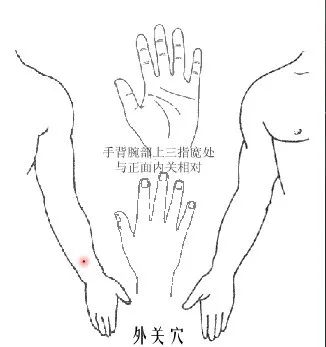
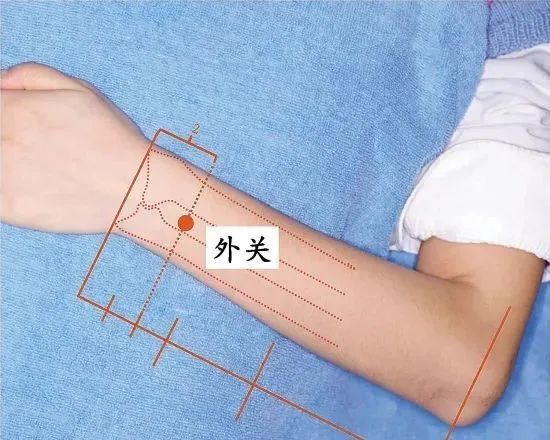
Waiguan Point: The “Clever Ear Point”
Traditional Taoist medicine believes that temporary hearing issues are manifestations of insufficient Yang Qi in the body. So, what role does the Waiguan point play in this context? Massaging the Waiguan point can invigorate the Yuan Yang Qi of the Sanjiao, guiding the Yuan Qi to circulate throughout the body. When this point is blocked, it can lead to a relaxed and collapsed eardrum that fails to return to its normal state. Clinically, the Waiguan point can also be used to treat acute lumbar sprains. A patient in his 40s experienced severe pain after bending down quickly to pick something up. After acupuncture and massage treatment at both Waiguan points, along with gentle twisting movements of the waist, the pain completely disappeared within minutes, and he could move normally again. The Waiguan point is a Luo point of the Sanjiao Meridian, located two cun above the wrist on the dorsal side, opposite the Neiguan point. The Waiguan point connects with the Yang Wei point, having the effects of dispelling exterior pathogens, relieving wind, and alleviating pain. It is not only effective for acute lumbar sprains but also beneficial for arthritis and cervical spondylosis.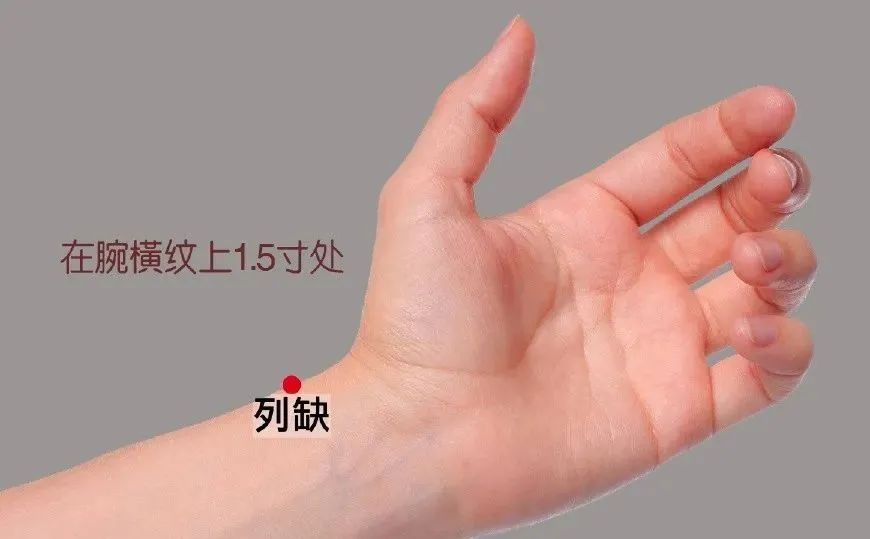
Lieque Point: Special Treatment for Stiff Neck and Migraine
Almost everyone has experienced a stiff neck, which can be quite painful. A stiff neck can also be an early warning sign of cervical spine issues. If not addressed promptly, frequent stiff necks can lead to cervical spondylosis. The Lieque point has unique efficacy in preventing cervical spondylosis. In the human body, the Lieque point serves as a tool for addressing head-related ailments. The “Huangdi Neijing” records that the Lieque point primarily treats migraines, headaches, and stiff necks. In the “Great Compendium of Acupuncture and Moxibustion,” there is a famous verse stating, “For neck and head ailments, seek the Lieque point.” This means that any issues above the neck can be treated and adjusted using this point. The Lieque point is easy to locate, situated 1.5 cun above the wrist crease on the radial styloid. When locating the point, cross the thumbs of both hands, and the depression reached by the index finger is the Lieque point. The technique for using the Lieque point primarily involves flicking.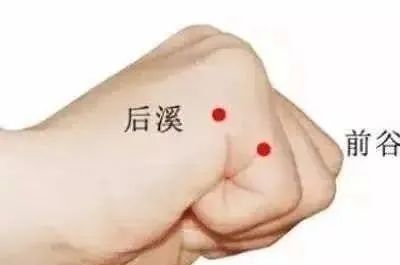
Houxi Point: Treatment for Cervical and Lumbar Diseases
How to locate the Houxi point? Make a fist, and the point is located at the distal end of the transverse wrist crease behind the fifth finger joint (i.e., the end of the transverse crease behind the fist). If you are sitting in front of a computer, you can place the Houxi points of both hands on the edge of the table, using the wrist joints to roll back and forth, achieving a stimulating effect. During the rolling, a slight soreness will be felt. Spending just three to five minutes daily on this can significantly benefit the cervical and lumbar spine.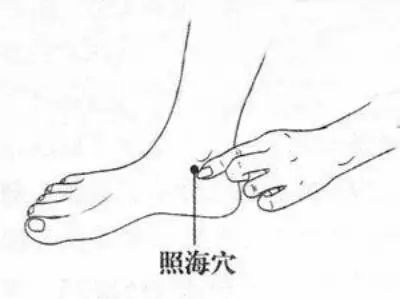
Zhaohai Point: Treatment for Throat Pain
Massaging the Zhaohai point can yield excellent results for throat pain, as it belongs to the Yin Qiao Meridian and intersects with the Kidney Meridian, making it one of the key meeting points of the Eight Extraordinary Meridians. It has the functions of nourishing the kidneys, clearing heat, and regulating the Sanjiao, providing both nourishment and heat-clearing effects. Sun Simiao in the “Essential Prescriptions Worth a Thousand Gold” referred to this point as “Liu Yin,” indicating that if there are issues with this point, the body’s kidney water decreases, leading to kidney Yin deficiency and causing excessive heat to rise. Therefore, whenever we feel discomfort in the chest, dryness and pain in the throat, hoarseness, or even chronic pharyngitis, we can press this point, which not only nourishes the kidneys and clears heat but also ensures smooth functioning of the Sanjiao. To locate the point, align the soles of both feet, and there is a small depression below the inner ankle, which is where the point is located (see the image above). When massaging this point, keep your mouth closed and refrain from speaking, allowing the saliva to accumulate in the mouth and swallow it down. Generally, after three to five minutes of pressing, you will feel saliva in your throat, and the pain will quickly subside. Keeping your mouth closed is to facilitate the upward movement of the saliva to moisten the throat, which is what the ancients referred to as the method of swallowing saliva. Massaging the Zhaohai point stimulates the essence of the kidneys, promoting the upward movement of fluids to moisten the throat, and the deficiency heat is nourished by the kidney water, leading to a natural resolution of throat pain.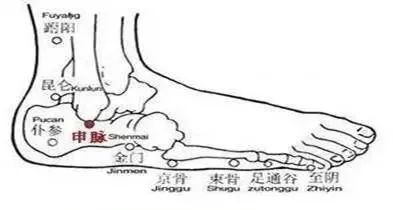
Shenmai Point: A Pure Yang Remedy for Cold Sensitivity
“Stiffness in the waist and back, leg pain” is a clear sign of the bladder meridian being affected by cold pathogens. Since the Yang Qiao connects with the bladder meridian, the Shenmai point is an important point of the bladder meridian. Using this point can dispel internal cold pathogens and promote Yang Qi to reach the top of the head, balancing the body and allowing for agile movement. When combined with Xiao Qinglong Decoction, it can achieve remarkable results in resolving both exterior and interior issues. It helps expel cold pathogens from the body quickly while restoring one’s Yang Qi, making it an excellent point for dispelling cold and reviving Yang. The Shenmai point is a crucial intersection of the Yang Qiao and the Taiyang bladder meridian, and it is easy to locate, situated in the depression directly below the outer ankle bone. When the body is affected by cold pathogens, it tends to curl up and shiver, which in TCM is referred to as “contraction and pulling back.” The Shenmai point has the meaning of extending the meridians, quickly mobilizing the body’s Yang Qi; when Yang Qi is sufficient, the cold pathogens will disperse.
Gongsun Point: Alleviating Dysmenorrhea and Spleen-Stomach Disorders
Gongsun is the Luo point of the Spleen Meridian, belonging to the spleen and connecting with the stomach, and it directly communicates with the Chong Meridian located in the chest and abdomen, thus having the effect of treating various disorders of the spleen, stomach, and abdominal area. In medicine, it is believed that treating all gynecological diseases should start with the spleen and stomach, especially for menstrual irregularities, where the stomach should be prioritized. The spleen governs blood and is responsible for transformation. If the spleen and stomach are deficient and cold, they cannot transform and transport fluids, leading to dysmenorrhea, which may also be accompanied by symptoms such as vomiting, nausea, and headaches. Women with dysmenorrhea can benefit from massaging the Gongsun point. The Gongsun point is located on the inner edge of the foot; I generally consider the Gongsun point as a region, located behind the big toe, along a large metatarsal bone on the inner side of the foot. Pressing along this bone until a feeling of soreness or pain is felt indicates your own Gongsun point.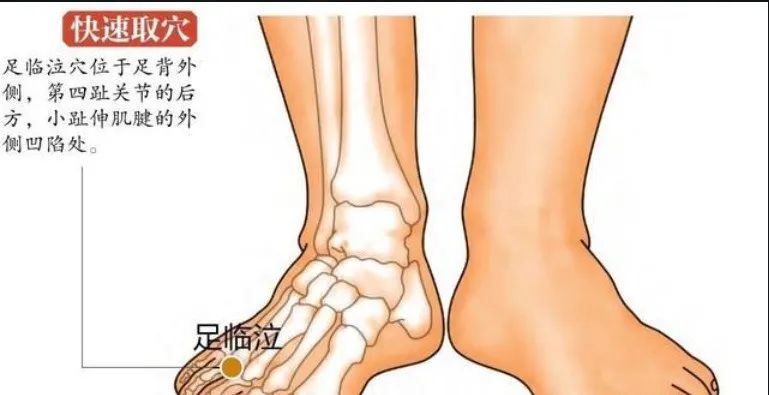
Zuliqiao Point: Elevating the Shaoyang Qi of the Body
The Zuliqiao point is one of the main points on the Gallbladder Meridian, connecting with the Dai Meridian, and it is a remarkable point that can regulate two meridians with one treatment. The Dai Meridian encircles the body around the navel, like a jade belt, restraining the vertical flow of the meridians and enhancing the connection of Qi and blood flow between the meridians, making it a very important health meridian for the body. When using this point, a sitting position with bent legs is recommended; it is located on the outer side of the foot, in the gap between the fourth and fifth toes. The Zuliqiao point primarily elevates the Shaoyang Qi of the body, dispersing the stagnant Qi of the liver and gallbladder, and regular pressing can yield better results than professional foot therapy.
Next Article:Illness in the Spine, Harm in the Organs! (In-Depth Article)
Note: The content of the article regarding formulas or therapies is for reference only and should not be used indiscriminately. The source of the article is from the internet; please contact us for removal if there is any infringement.
